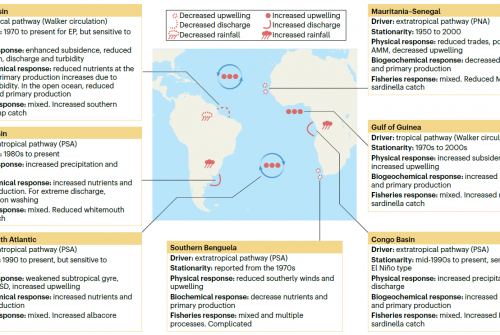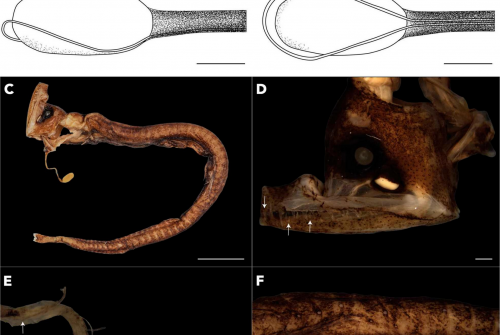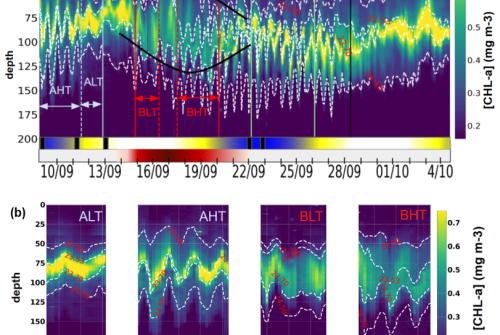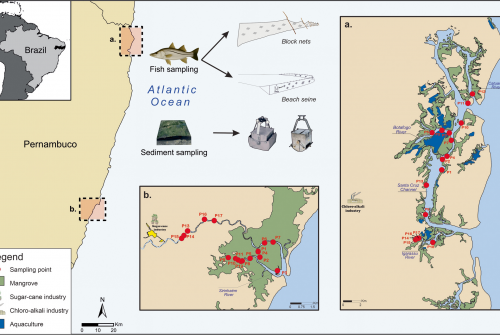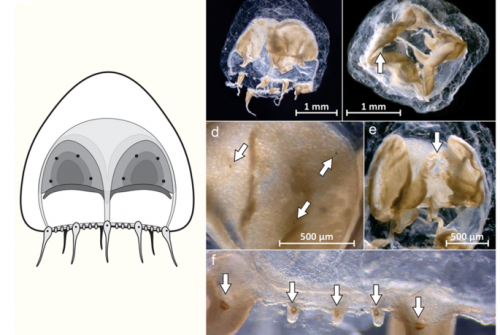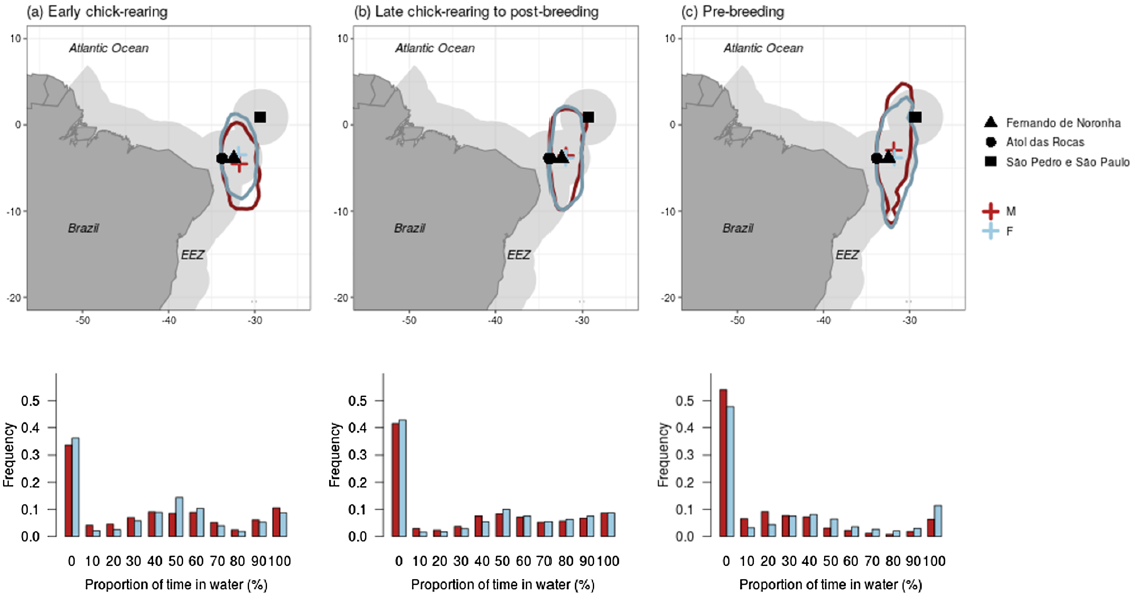
Considerable progress in our understanding of long-distance migration has been achieved thanks to the use of small geolocator devices (GLS). The tracking of resident or short-distance migrant animals remains however challenging because geolocation errors are substantial and difficult to estimate. This study aims to examine the sex-specific marine space uses of a resident tropical seabird, the masked booby (Sula dactylatra), during its full annual life cycle at the Fernando de Noronha archipelago (Brazil). Masked boobies (n = 31) tagged with GLS recording light intensity, seawater immersion, and water temperature showed a resident behaviour over their entire annual cycle. A wavelet analysis of GLS data revealed oscillatory patterns of inferred longitude correlated with changes in immersion frequency. This synchronicity demonstrated that birds traveled away and back from the colony on consecutive trips of short length ( ∼ 2–4 days) and short range ( ∼ 100–300 km) eastward of the colony. Duration and range of trips depended on the sex of the individual and on the time of the year. Trip duration increased gradually from the end of the breeding period to the post-breeding period, probably due to the release of the central-place breeding constraints. During the pre-breeding period, females had farther ranges eastward and spent more time in water than males. Despite inherent limits of light-based geolocation, this study demonstrates the relevance of synchronicity analysis of GLS data for investigating year-round movements of resident or short-distance migrants.
doi.org/10.1007/s00227-021-03923-x
Reference
Roy A., · Delord K., Nunes G.T.,· Barbraud C., ·Bugoni L. ,· Lanco‑Bertrand S. 2021. Did the animal move? A cross‑wavelet approach to geolocation data reveals year‑round whereabouts of a resident seabird. Marine Biology, 168: 114.



